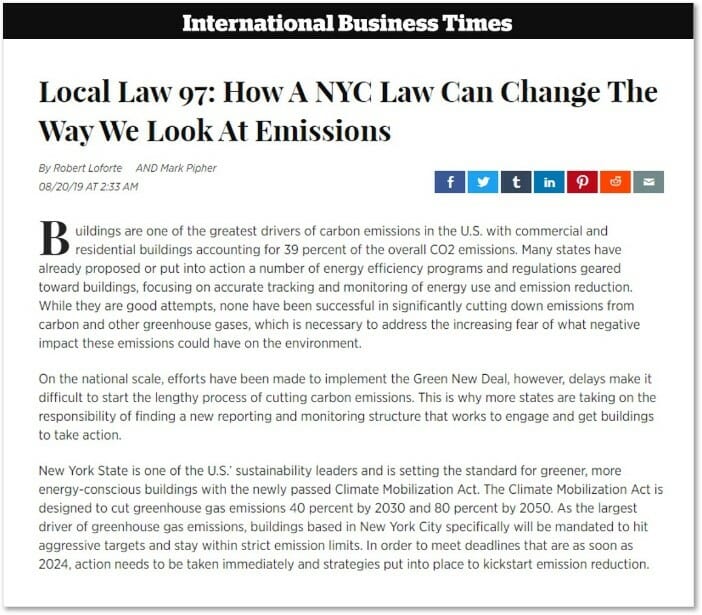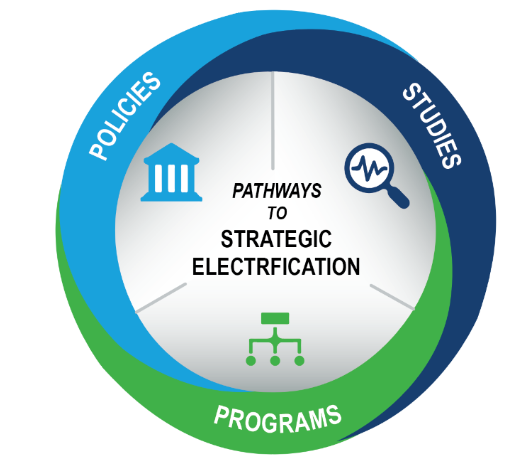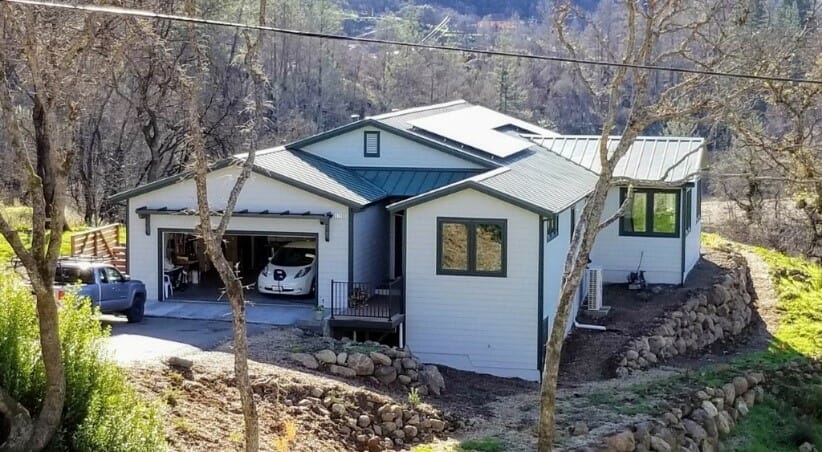States and local governments are pushing strategic electrification rapidly forward through new policies. New York has codified into law aggressive statewide GHG emissions targets and policies across all building types. With a massive building stock, New York City’s Local Law 97 also mandates GHG emissions limits for medium and large buildings and associated fines for non-compliance.

Backed by its own state GHG emission goals and renewable supply resources, California revised its Efficiency Three-Prong Test this year to allow fuel-switching technology (and expanded cost-effectiveness terms). This opened $1 billion in energy efficiency program funding to strategic electrification.
Another major market pathway for CA electrification is the state’s 2022 update to Title 24 codes and standards. As one example, TRC is supporting multifamily building code revisions to enable all-electric pathways. At the local level, more than 50 CA municipalities are considering adoption of their own local building reach codes with all-electric or electric-preferred and electric vehicle components. TRC has partnered with some of the earliest actors, such as the cities of Palo Alto, San Luis Obispo, and Carlsbad.
Peninsula Clean Energy, Silicon Valley Clean Energy, and East Bay Community Energy have also become the first community choice energy providers in the state advocating similar reach codes to their 40+ member jurisdictions. Many of these communities include vulnerable populations and the public health benefits of electrification are a major selling point to local constituents. TRC is supporting these entities to promote electrification focused reach codes to their member jurisdictions through technical studies, stakeholder engagement and implementation support.
With the proliferation of GHG goals and renewable portfolio standards across the US, many other states are rethinking their fuel-switching standards to actively allow or put electrification on a fairer consideration basis. And some utility commissions are considering and even re-allocating funds for electric, non-wires, or non-pipes alternatives.



 Decarbonization is on the rise:
Decarbonization is on the rise: 
 Non-IOU energy providers have their own electrification efforts well underway in some regions. The
Non-IOU energy providers have their own electrification efforts well underway in some regions. The